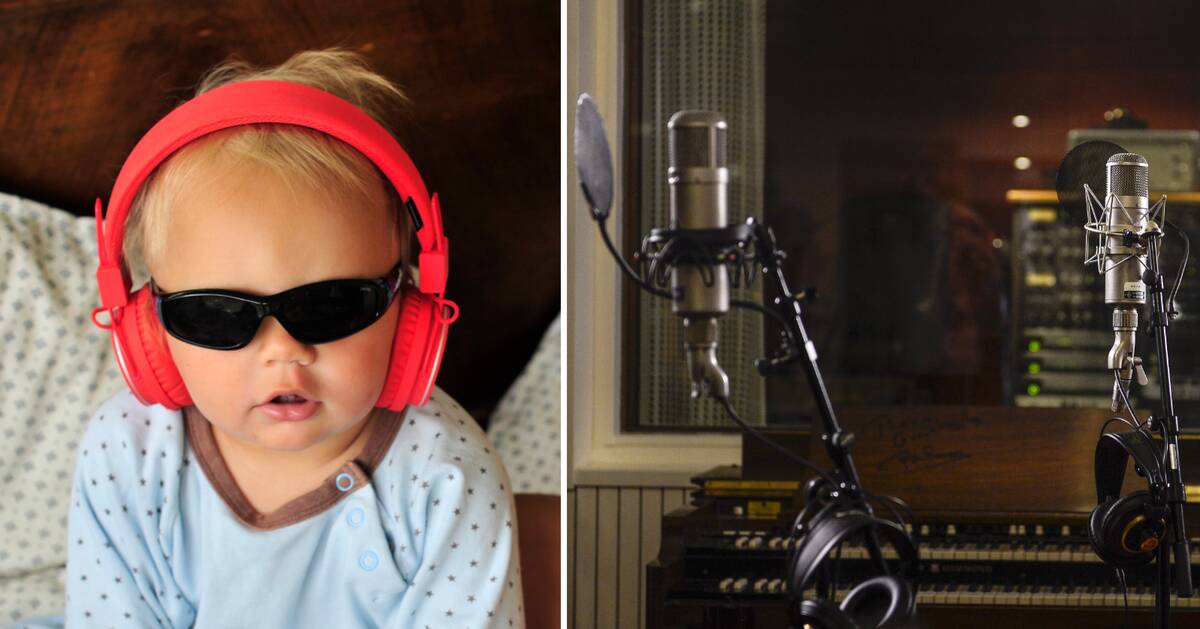For 14 years, music industry researcher Daniel Johansson has examined Spotify's payments to music rights holders in Sweden to find out where the money goes.
Both artists and rights organizations have criticized the streaming giant for poor compensation, but according to Daniel Johansson at the Norwegian University College in Innlandet, there are other factors at play.
– There has been far too much focus on Spoitify as the standing problem when it may actually be other factors that play a greater role. For example, what the artist agreements look like between artists and record companies.
"Spotify pays as much as other streaming companies, but what happens to the money then is important. If you as an artist have an agreement of maybe 15 or 20 percent with your music company, it affects tremendously what you get in the end. The Swedish music companies are one of the big winners during these 14 years.
Has it gotten worse for the artists?
"We have no corresponding data to compare with.
"The money is shifting"
In the study, Daniel Johansson distinguishes between artists who are well known on radio and television and so-called "streaming artists".
"A lot of fairly unknown artists generated a huge amount of streams. That surprised me.
This affects the streaming economy, as does the fact that it consists of both sound and music. Soundtracks with rippling water simply compete for the same money as, for example, Håkan Hellström.
"The money shifts from real music to this kind of sound.
Minor genres are struggling
Daniel Johansson notes that the current streaming model has favored the genres pop, hip hop, epadunk and dance/electronic, which accounted for almost 80 percent of all streaming in Sweden during the current time period.
"It's a bit worrying that quite a few Swedish artists who are active in smaller genres underperform compared to what they should have been able to get if the streaming model had looked different," he says.

